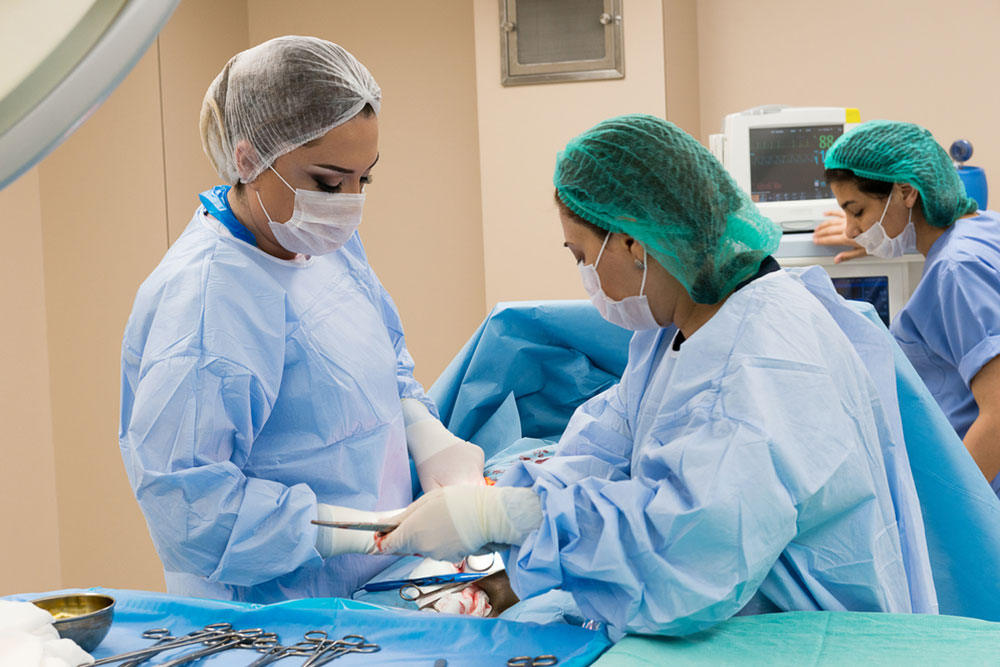Know More About The Options For Treating And Preventing Lupus
Know more about the options for treating and preventing lupus
Autoimmune diseases are conditions where the body’s immune system starts attacking the healthy cells. The immune system accidentally causes a breakdown and inflammation of its own cells.
Lupus is one such autoimmune disease that is chronic in nature. This condition causes inflammation throughout the body; it also affects different organs and tissues such as the joints, heart, lungs, kidneys, brain, blood, and skin.

How does one know when to see a doctor for lupus?
The earlier the condition is detected, the quicker it can be treated. With correct and timely diagnosis, the symptoms can be easily maintained.
- One needs to visit the doctor if they experience any of the symptoms such as hair loss, painful joints, chest pain, unusual skin rash, dry mouth and eyes, unexplained fever, and muscle pain.
- The doctor will also inquire more about the symptoms one is facing along with the medical history.
- Depending on which part of the body lupus has affected, the specialist who will treat it will vary. In most cases, a rheumatologist treats lupus. Moreover, in some cases, a gastroenterologist or dermatologist may also have to conduct a treatment in case of skin rashes or gastrointestinal problems.
How is lupus skin rash different from psoriasis skin rash?
While both lupus and psoriasis have symptoms that are observed on the skin and in the joints, lupus has much more serious complications.
- If you look up pictures of skin rashes associated with lupus, you will see that it appears to have the shape of a butterfly. The rash usually appears on the face and tends to cover the bridge of the nose and cheeks.
- However, the rashes that are associated with psoriasis can appear anywhere on the body and are usually covered in silvery scales. The rashes experienced with psoriasis are often itchy which is not the case in lupus skin rash.
- You can also find various pictures associated with lupus skin rash as well as psoriasis in order to compare them both and have a better clarity about their difference.
What are the common treatments used for lupus?
There is no cure for lupus as of now, but one can take the medications that are prescribed by the doctor to control the symptoms of lupus. Before recommending a treatment option, the symptoms and its severity experienced by the person with lupus is taken into consideration.
- Some of the medications that are used to treat lupus are antimalarial medications, corticosteroids, nonsteroidal anti-inflammatory drugs (NSAIDs), immunosuppressive drugs, and DHEA. DHEA is an endogenous hormone that has been proven to reduce some of the symptoms of lupus, such as hair loss.
- Apart from different treatment options, there are also some lifestyle changes that the doctor may recommend like avoiding excess ultraviolet sun exposure and also avoiding foods that are high in cholesterol.
- Some healthy steps that the doctor may recommend to reduce inflammation in the body are consuming fish that are high in omega-3 fatty acids like tuna, salmon, or mackerel; eating whole-grain sources of carbohydrates; consuming foods that are high in calcium; and eating lots of fruits and vegetables.
How can one prevent lupus?
In most cases, lupus cannot be prevented. However, there are some preventive measures that one can take in order to reduce the likelihood of being diagnosed with lupus. Some of the preventive steps one can take are as follows:
- Avoiding direct exposure to sunlight: Being excessively exposed to the sun can cause lupus skin rash. It is important to always wear sunscreen while going outdoors. Also, avoiding direct sunlight when the sun is overhead between 10 a.m. to 4 p.m. is essential.
- Practicing certain techniques to prevent infection: Simple techniques to prevent infection are frequently washing your hands, avoiding contact with people who have cold and other contagious illnesses, and maintaining a healthy hygiene routine.
- Inculcate stress management practices: Simple stress management practices like meditation, massages, or yoga can reduce stress which is one of the risk factors for lupus.
Tags- lupus skin rash pictures¸ pictures lupus skin rashes




